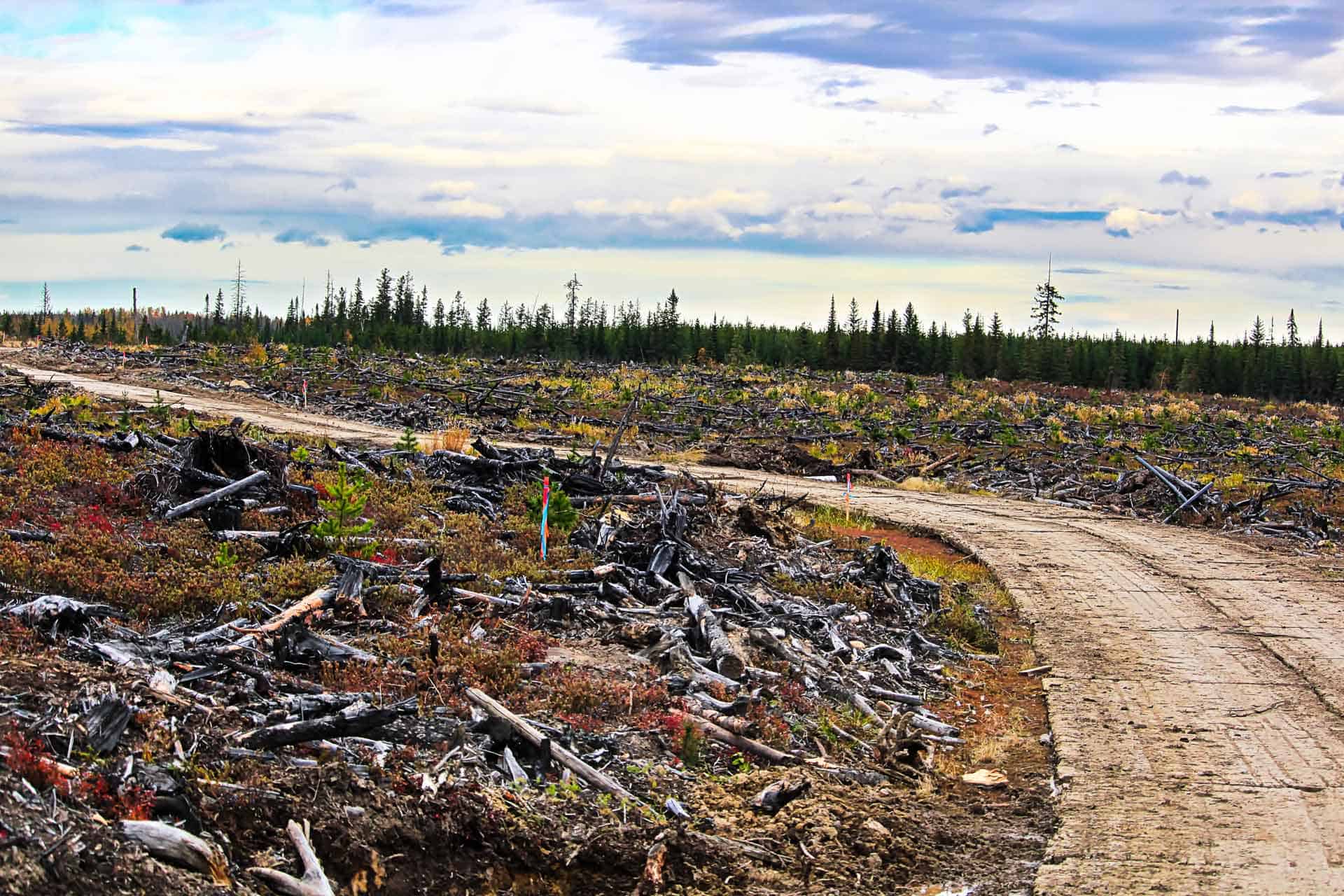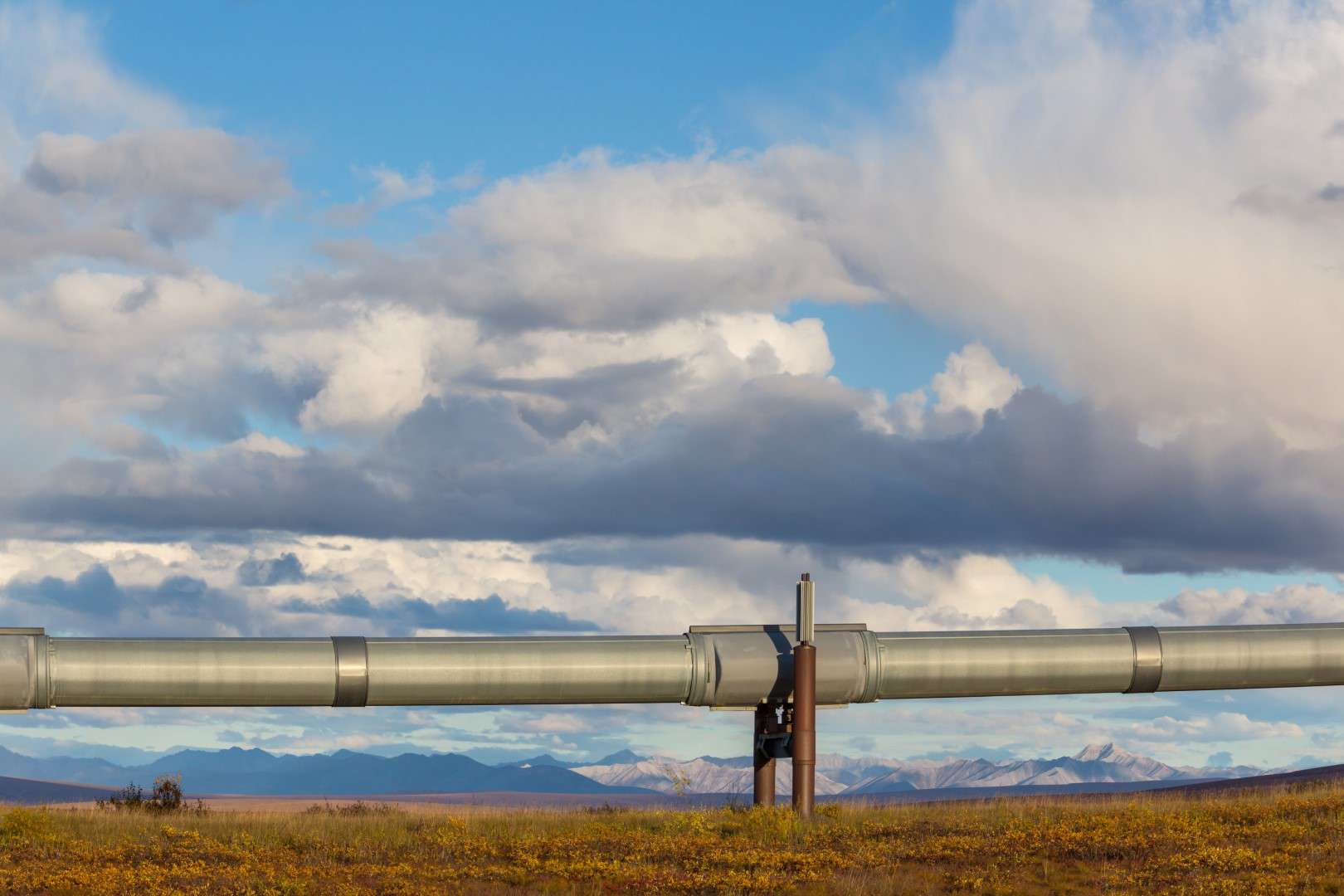Flat terrain might seem like the perfect setting for construction projects, but without proper planning and site safety measures, challenges quickly arise. Access mats have become indispensable in the construction industry, providing reliable ground protection, enhancing safety, and boosting efficiency. By offering stability and durability, these mats ensure that job sites operate smoothly while minimizing potential hazards and environmental impact.
This blog explores the critical role of access mats in flat terrain construction and provides insights for construction companies, project managers, and construction workers aiming to optimize their operations.
Why Flat Terrain Needs Access Mats
The Illusion of Simplicity
Flat terrain may look like an ideal environment for a construction site, but appearances can be deceiving. Without the proper support from heavy-duty mats, job sites encounter issues such as:
- Soil compaction that damages the ground and affects future usability.
- Increased potential hazards due to uneven weight distribution from heavy equipment.
- Wear and tear caused by machinery, leading to expensive remediation efforts.
These challenges can derail construction projects, making proper ground protection essential for maintaining site safety and efficiency.
Protection at Its Core
The primary purpose of access mats is to safeguard the ground beneath a work site while providing stability for heavy equipment. These mats reduce environmental damage, support sensitive ecosystems, and help project managers meet compliance regulations. This cost-effective solution is vital for maintaining both operational efficiency and sustainability.
Key Benefits of Access Mats in Flat Terrain
Enhanced Construction Site Safety
One of the greatest advantages of access mats is their ability to enhance site safety. By providing stable platforms for heavy equipment, these mats reduce risks such as equipment instability or sinking, which could endanger construction workers. Implementing safety training for teams on mat use ensures even greater protection.
Cost-Effective Coverage
Access mats are a cost-effective way to optimize ground coverage on flat terrain. With a high coverage-to-material ratio, fewer mats are needed to secure a job site, resulting in lower material and labor costs. Additionally, their durability allows for repeated use across multiple construction projects, maximizing long-term value.
Efficiency in Construction Operations
Unstable ground leads to time-consuming tasks like equipment recovery or surface remediation. By deploying heavy-duty access mats, construction companies can eliminate delays, ensuring smooth workflows. This enables project managers to stay on schedule and maintain productivity.
Selecting the Right Access Mats for Your Project
Factors to Consider
Choosing the best access mats for flat terrain requires careful evaluation of:
- Soil conditions: Softer soils demand thicker mats to handle heavier loads.
- Equipment type and weight: Mats must support heavy equipment like cranes or excavators without bending or cracking.
- Project duration: Long-term construction projects benefit from durable mats that withstand wear over time.
- Environmental sensitivity: Projects involving hazardous materials or delicate ecosystems require specialized mats to minimize ground disruption.
The Problem with Inter-Locking Fingers
While inter-locking finger mats are common, they are not ideal for flat terrain with minor unevenness. These mats are prone to breaking under heavy loads, reducing their lifespan. Instead, construction companies should opt for solid-edge mats designed to handle the weight and stress of heavy-duty equipment.
Real-Life Example: Hertel-NYC Interconnection Project
A standout example of effective access mat use occurred during the Hertel-NYC Interconnection Project in Varennes, Quebec. The construction site involved flat yet sensitive terrain, where soil compaction and ground protection were key concerns.
By deploying high-quality ground protection mats, the project achieved:
- Enhanced site safety, reducing risks for construction workers and equipment.
- Significant savings in time and resources by avoiding time-consuming tasks like soil remediation.
- Smooth, uninterrupted workflows that kept the project on schedule.
This case demonstrates how access mats can transform challenging terrains into safe, efficient, and productive job sites.
Addressing Common Misconceptions About Access Mats
“Flat Terrain Means Any Mat Will Work”
A common myth is that any access mat will perform well on flat terrain. However, mats must be carefully selected based on technical specifications such as board count, bolt pattern, and wood species. Using subpar mats can lead to equipment instability, increased wear, and shortened mat lifespans, even on seemingly ideal surfaces.
Durability and Lifespan Misconceptions
Another misconception is that all mats have the same durability. Improper usage—such as deploying inter-locking mats on uneven terrain or overloading mats beyond their capacity—can drastically reduce their effectiveness. Proper training to train workers on correct installation ensures mats last longer and perform reliably.
Technical Specifications: What to Look for in Access Mats
When selecting access mats for your construction projects, consider:
- Board count: Higher counts offer better strength and stability for heavy equipment.
- Bolt pattern: Uniform bolt patterns help distribute weight evenly across the mat.
- Material type: Composite materials provide weather resistance, while hardwoods like oak offer unmatched durability.
Matching these specifications to the specific needs of your job site ensures a more efficient and effective solution for ground protection.
Ensuring Safety and Efficiency on Your Worksite
Flat terrain may seem simple, but without the right support, it can present significant challenges for construction companies. By using high-quality access mats, project managers can ensure their job sites remain safe, efficient, and sustainable.
Are you ready to optimize your construction site with the best mats on the market? Consult with experts to find a solution tailored to your project’s needs.
Foire aux questions (FAQ)
Why are access mats essential for flat terrain?
Even flat terrain can become unstable under the weight of heavy equipment. Access mats provide stability, protect the ground, and improve site safety for construction workers.
How do access mats save time and money?
By preventing delays caused by unstable ground and reducing time-consuming tasks like soil remediation, access mats are a cost-effective solution that boosts efficiency.
What types of access mats are best for flat terrain?
Mats with high board counts, solid edges, and durable materials like hardwood or composite are ideal for flat terrain. Avoid inter-locking finger mats for improved durability.
Can access mats handle heavy-duty equipment?
Yes, properly selected heavy-duty mats are designed to support heavy equipment such as cranes, loaders, and excavators without bending or breaking.
What should I consider when choosing access mats?
Key considerations include soil density, equipment weight, project duration, and environmental impact. Consulting experts ensures the mats meet your specific needs.



